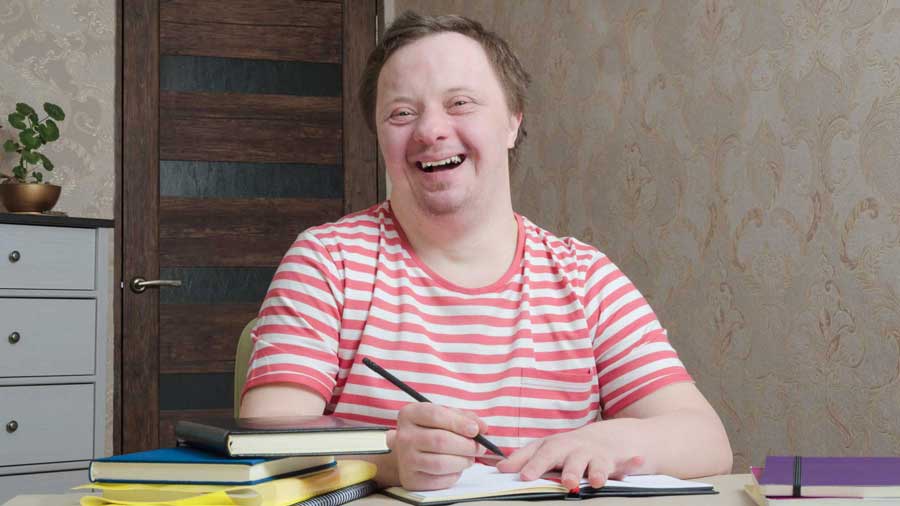Delivering true diversity
The key to getting diversity right is understanding what benefits it really brings to the delivery of services and homes to residents

STRATEGY
Image: Istock

Simon Fanshawe
Co-founder, Diversity by Design, and Chair, Hexagon Housing
These days diversity policies have become the must-have for any self-respecting organisation. You can’t hold your head up as a member of the National Housing Federation if you’re not announcing that “diversity and inclusion is integral to our social purpose…”, “we value diversity, and recognise the benefits of employing a diverse workforce…” or “EDI will help us build diverse teams and encourage greater innovation and creativity…” (Full disclosure: one of those statements is by the housing association that I chair)
Every organisation’s website gives testimony to their commitment to equality, diversity and inclusion (or more likely to the annoying acronym EDI) and tells of their policy. This invariably involves all or some of the following: reverse mentoring, unconscious bias training, a float at Pride, staff networks, and anything else from the usual quiver of diversity tools.
Is the EDI approach working?
But I’d like to ask two difficult questions: Is it making a difference? And do organisations know, beyond statements of hopeful cliché, what benefits greater diversity really brings to the delivery of services and quality homes to residents?
On the first question, while acknowledging that averages obscure some really significant advances being made by organisations, here are the data from the NHF report How diverse is the housing association workforce in England?:
8%
of staff, executives and board members are disabled compared to 24% for the population
14%
of the population is between 16-24 years old compared to 7% of the housing sector workforce
90%
of executive teams are white compared to 81% of staff and 83% of the population
45%
of executive teams and 42% of boards are female, compared to 55% of staff and 51% of the population.
Call for clarity
From years of working on this, it has become very clear to me that a main reason for this failure to advance diversity as much as they would like is that organisations are not clear about why diversity, and precisely what kind of diversity, will enhance the services and quality they deliver. Instead, they tend towards bland statements of generalised virtue about diversity in a way they never would if you asked them about the merits of bond financing against bank loans, or about outsourcing repairs versus running their own in-house team.
Housing providers too often adopt the ‘blah, blah, blah’ approach with diversity. This does not get traction in their organisations and generally relegates diversity to HR as an add-on at some distance from the core mission.
An effective approach to diversity needs detailed analysis of precisely what dividends will flow from greater diversity. Organisations should develop a Diversity Framework that is specific to them and the services they provide, and details the precise relationship between diversity and the delivery of quality to residents.
“Housing providers too often adopt the ‘blah, blah, blah’ approach with diversity. This does not get traction in their organisations and generally relegates diversity to HR as an add-on at some distance from the core mission.”
Getting representation right
The nearest they get is often to fall back on the idea that they should be ‘representative’ of their workforce or our communities. The NHF has even produced and ‘EDI data tool: comparing your workforce to your local community’ to help with this. But try doing that in the vastly diverse cities of, say, Birmingham or Manchester.
While representation is an admirable goal, it’s not just that it’s not actually possible, but it also runs the risk of seeing women and people from minority backgrounds put into a dangerously tokenistic position.
For instance, CEOs often say to me “we need more women”. And I always reply “well let’s pop out onto the High Street and get six assorted!” They don’t mean that, but women (and any other group you can think of) do not come as a job lot. You need to be able to describe what a different balance between men and women in your exec or on your board will deliver.
Diversity dividend
In all cases we need to be able to describe the dividend from diversity precisely. This is so we can build teams where we consciously seek out difference, value it in the way the team discusses and works and combine it to the best advantage of residents.
A combination of able bodied people and those who use wheelchairs, for instance, will transform the way a team thinks about space and design. As will ensuring there are both women and men from communities where women fulfil more traditional roles when considering the balance between social and cooking spaces in new developments.
Housing providers need to discuss and agree precisely what more diversity will bring to the organisation and then value the combination of difference in every part of the organisation to reap those benefits.


